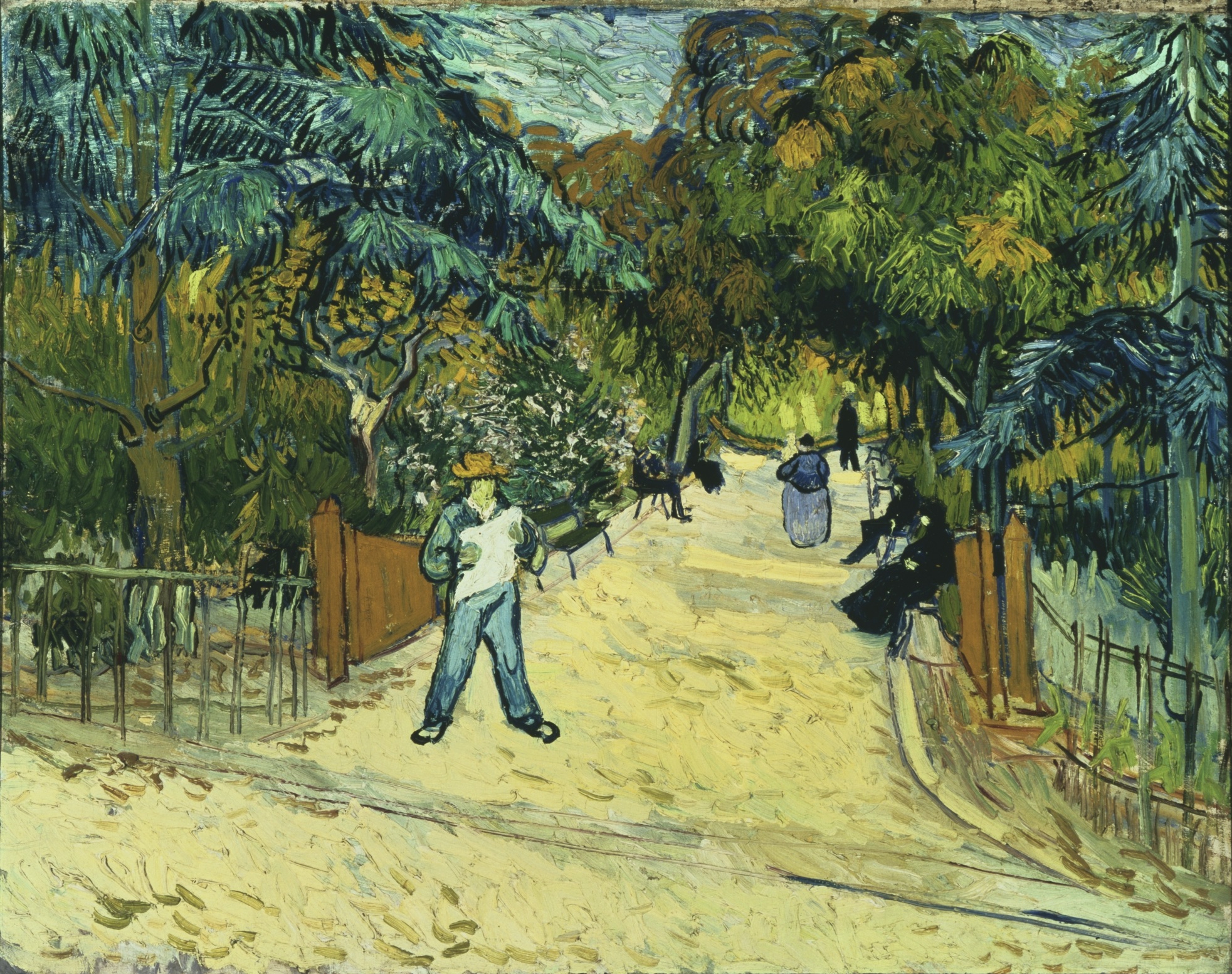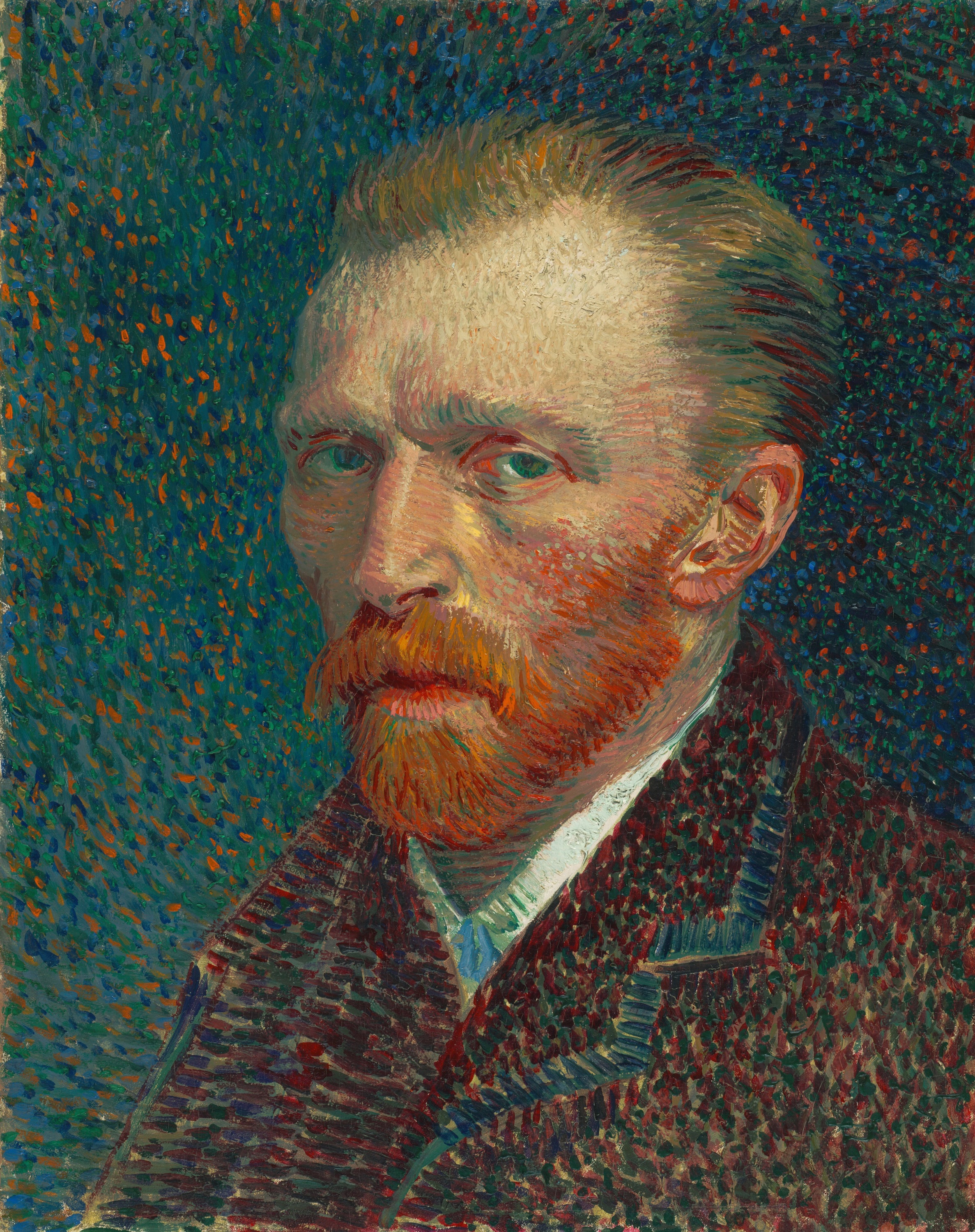Van Gogh moved to Arles, hoping for refuge at a time when he was ill from drink and suffering from smoker's cough. He arrived on February 21st, 1888 and took a room at the Hôtel-Restaurant Carrel, which he had idealistically expected to look like one of Hokusai’s (1760–1849) or Utamaro's (1753–1806) prints.
He seems to have moved to the town with thoughts of founding a utopian art colony. The Danish artist Christian Mourier-Petersen (1858–1945) became his companion for two months, and at first Arles appeared exotic and filthy. In a letter, he described it as a foreign country: "The Zouaves, the brothels, the adorable little Arlesiennes going to their First Communion, the priest in his surplice, who looks like a dangerous rhinoceros, the people drinking absinthe, all seem to me creatures from another world." A hundred years later, Van Gogh was remembered by 113-year-old Jeanne Calment — who, as a 13 year-old, was serving in her uncle's fabric shop where Van Gogh wanted to buy some canvas — as "dirty, badly dressed and disagreeable", and "very ugly, ungracious, impolite, sick". She also recalled selling him colored pencils.
Van Gogh was enchanted by the local landscape and light, and his works from this period are richly draped in yellow, ultramarine, and mauve. His portrayals of the Arles landscape are influenced by his Dutch upbringing; the patchwork of fields and avenues appear flat and lack perspective, but excel in their intensity of color. The vibrant light in Arles excited him, and his newfound appreciation is seen in the range and scope of his work.


 Vincent van Gogh
Vincent van Gogh